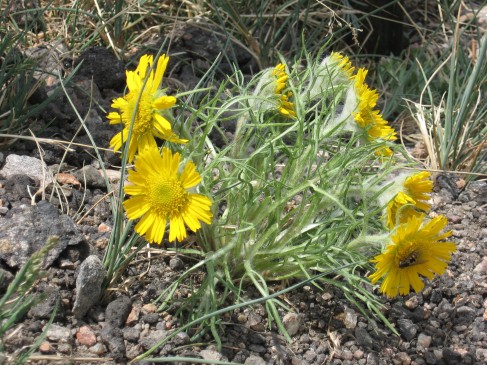 Penstemon
Penstemon
Ok, so here is a dream project…. Republishing the taxonomic key to the flora of Rocky Mountain National Park.
Yes, I know how nerdy that sounds.
Don’t be a hater.
The late Betty Willard has become a hero to me. She knew, I mean she was an expert on, the flora of Rocky’s mountains and valleys. Her book, written with Linda and Richard Beidleman and published in 2000 (now out of print) by the Rocky Mountain Nature Association is, itself, an updated version of a much older taxonomic key, this time with several hundred photos and line drawings.
___________
Many of us know a birder…. That dedicated seeker with binoculars that travels hundreds of miles just to add another species to their life list. (Admittedly, I know several.) I will never admit to that level of craziness, but I certainly have a life list of North American wildflowers.
And helping me build that list is Betty Willard. I wish I could have known her and picked her brain while on a few hikes. Even today, after all these years, I found a couple of plants that were difficult to ID, even using her key. Perhaps they aren’t native. At least one is a lily of some sort, I am pretty sure, and she includes dandelions in her key, which are not native, so I am curious about what I found.
What really makes me curious is the fact that I think I know the lily… from other parks, maybe, or similar species… but why would it not be included here? The closest species I could find in her key is one that apparently likes shade. My plant was smack in full sun in the middle of Moraine Park. It was hidden in the grass, so perhaps it had a bit of shade. But not really. Generally a fairly hot meadow, except early in the spring right after mud season (or during mud season) – which is what we are nearly ending right now.
I know it sounds totally nerdy, but to find something that Betty Willard might not have included makes my flower-loving heart skip a beat. A few years ago, a fellow interpretive ranger at Rocky Mountain told me that she considered Willard’s work the best for the park in our field.
Pun intended, sort if.
So it has become a bucket list item for me, ever since I was told that republishing Willard’s work was cost-prohibitive for the folks who proposed it during the park’s centennial in 2015.
I have, perhaps, 200 species photographed in the park. And the ecological and ethnobotanical ramifications of said species. But in this age of low attention spans, the “I want it now!!!” mentality, and “Why does that matter?” attitude, I can see how the project can easily be cost-prohibitive.
And it breaks my heart, for the following reasons:
- Fewer people are getting to know these majestic mountains as I (and the Betty Willards of the world) know them,
- Fewer people are connecting to their parks as I have,
- And science – and attention to detail – are going by the proverbial wayside.
So it will still be on my bucket list, to expose this amazing land to future generations through the plants that produce the very oxygen, water and soil we rely upon. And publish a taxonomic key while I am at it.
Screw the smart phones. Let’s go find a Pedicularis.
This is one happy nerd on a mission.



